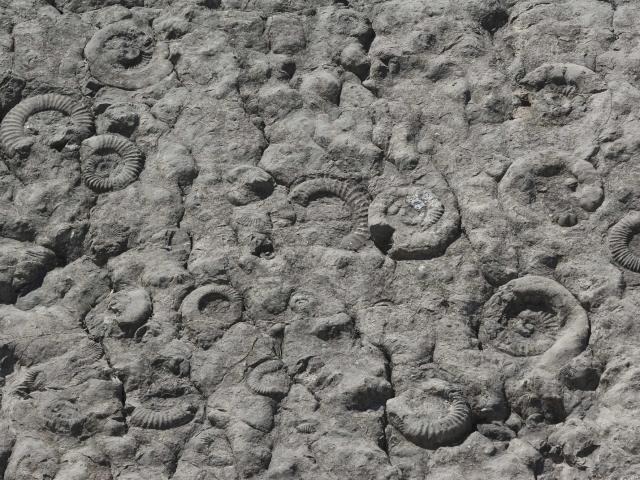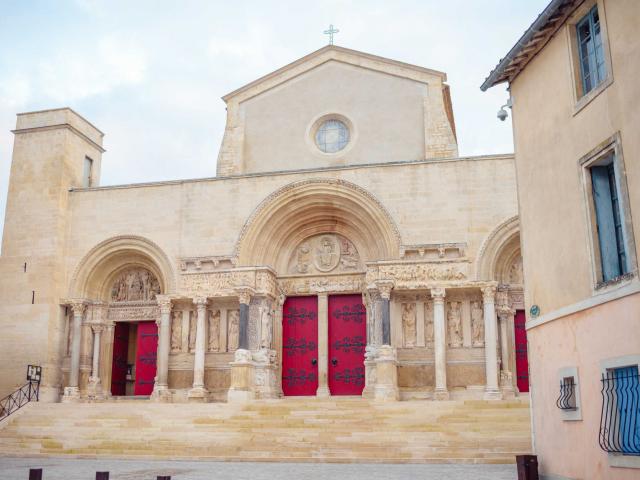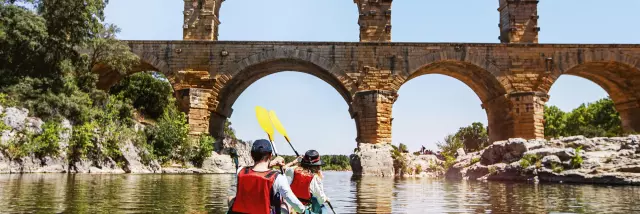The Unesco Geopark of Haute-Provence
Back to the origins of the Earth !
On your to-do list, have you noted the most beautiful sites in France, particularly those that will enchant your holidays in Provence? The Geopark of Haute-Provence should be at the top of your list since there are only 7 of them in France! Its objective? To highlight geological history and the link that has existed between Man and the earth for over 300 million years, and take part in the protection and the preservation of the environment and the heritage. A unique area which covers several exceptional geological sites: the Lame de Facibelle reaching high into the sky, the Dalle aux Ammonites (ammonite slab) which illustrates a submarine history dating back 200 million years, narrow gorges carved by torrents, such as those in Sisteron, Le Pérouré and even Barles… Ideal for a nature outing with the family or friends. And for the more athletic, why not try and conquer the mountain!





















